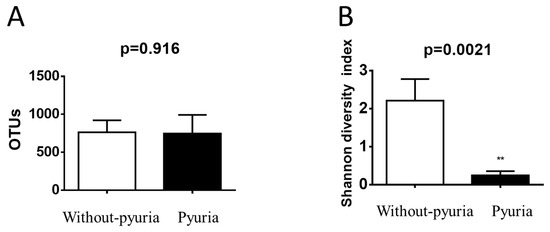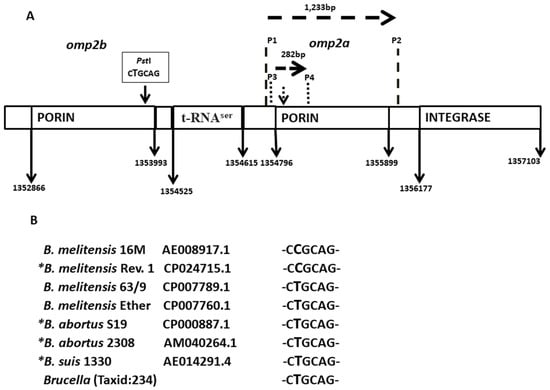Microbiol. Res. 2023, 14(1), 34-41; https://doi.org/10.3390/microbiolres14010003 - 27 Dec 2022
Cited by 2 | Viewed by 2977
Abstract
►
Show Figures
Treating type 2 diabetes (T2D) patients with sodium–glucose cotransporter 2 (SGLT2) inhibitors may be associated with an increased risk of urinary tract infections (UTIs), such as diabetes-induced asymptomatic bacteriuria. Pyuria—a condition wherein leukocytes are detected in the urine—is a predictor of UTIs. The
[...] Read more.
Treating type 2 diabetes (T2D) patients with sodium–glucose cotransporter 2 (SGLT2) inhibitors may be associated with an increased risk of urinary tract infections (UTIs), such as diabetes-induced asymptomatic bacteriuria. Pyuria—a condition wherein leukocytes are detected in the urine—is a predictor of UTIs. The aim of this study was to examine the urinary microbiome of Taiwanese T2D patients, with or without pyuria, undergoing SGLT2 treatment. We recruited seven T2D patients, recorded their clinical and biochemical characteristics, and collected their urine samples for 16S metagenomic sequencing. The primary outcomes were the diversity of urinary microbiota and the relative abundance of different species. We found that the microbiome of the pyuria group was significantly less diverse than the non-pyuria group (0.24 ± 0.04 vs. 2.21 ± 0.28, p = 0.002), while the number of operational taxonomic units did not differ significantly (763.5 ± 78.67 and 747 ± 141.3, p = 0.92). Escherichia-Shigella spp. dominated the microbiome of the pyuria group (97.4%–99.4%), and these patients tended to have more comorbidities. In conclusion, pyuria is associated with urinary microbiota dysbiosis in T2D patients being treated with SGLT2 inhibitors.
Full article

